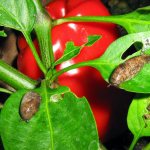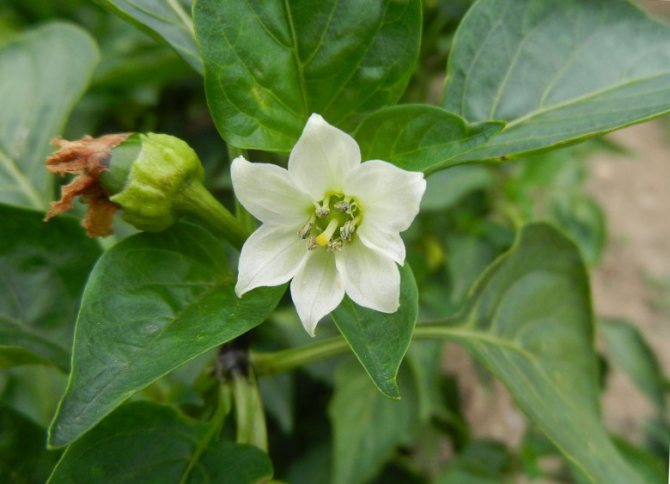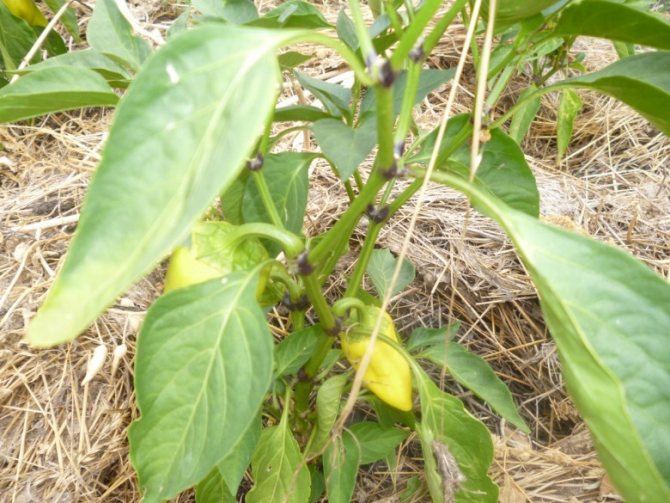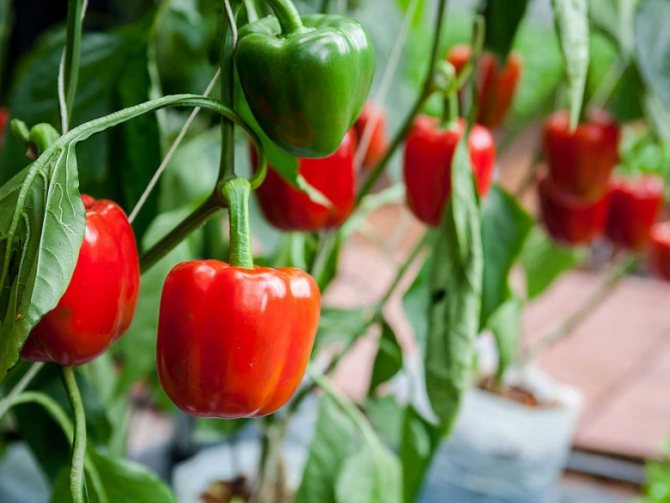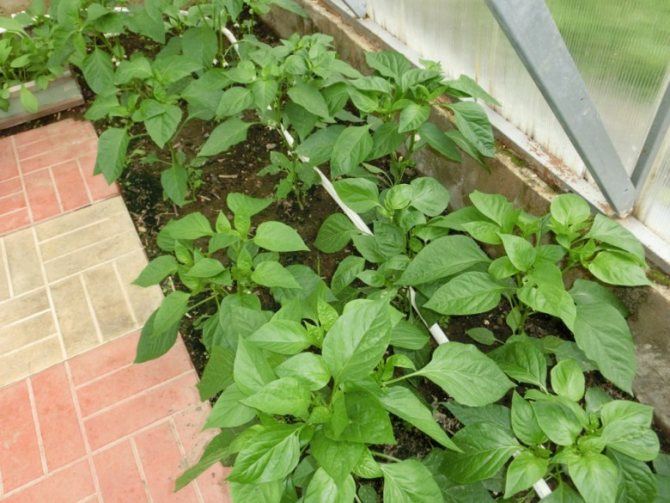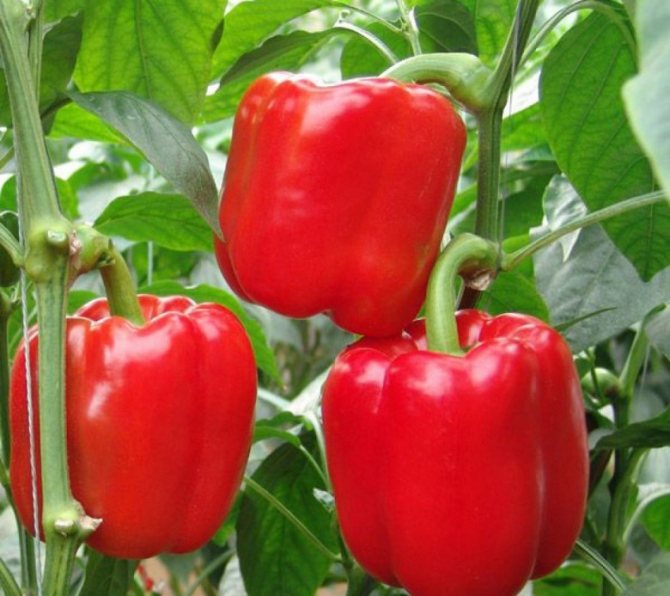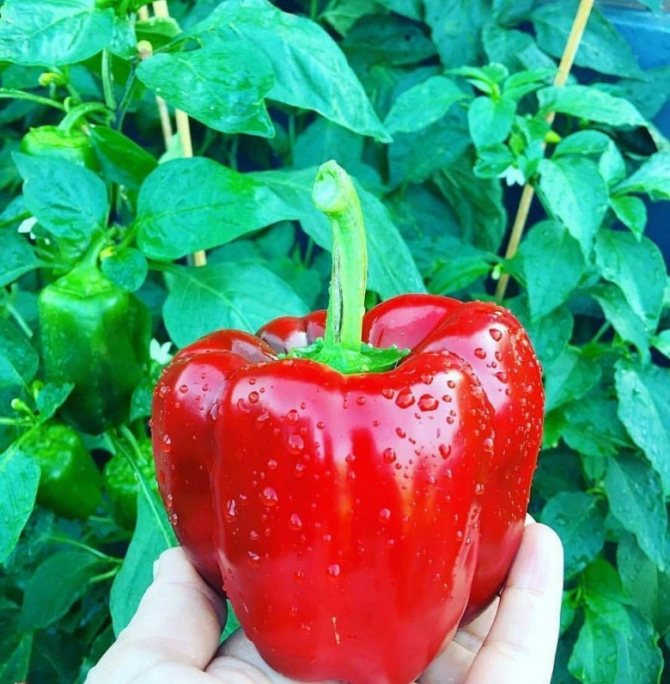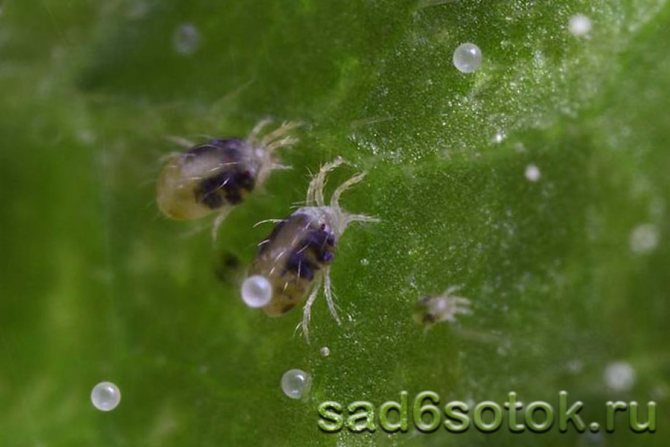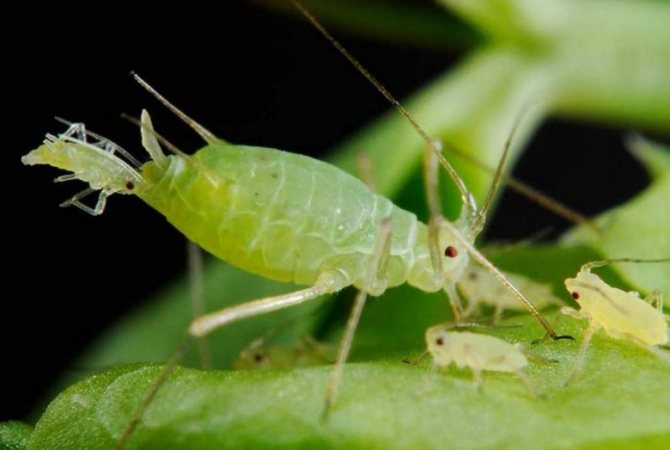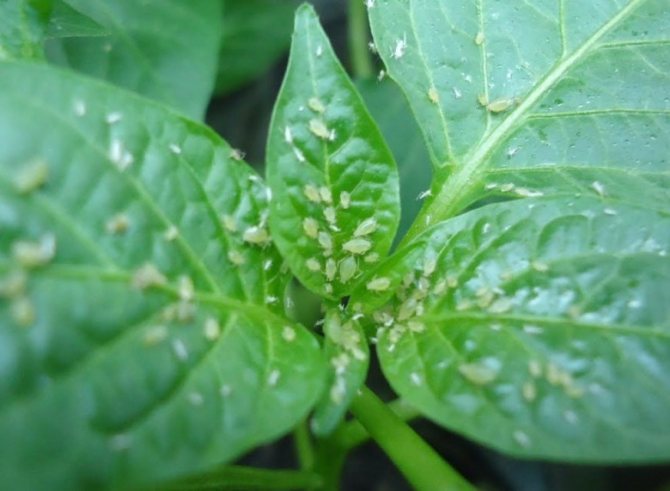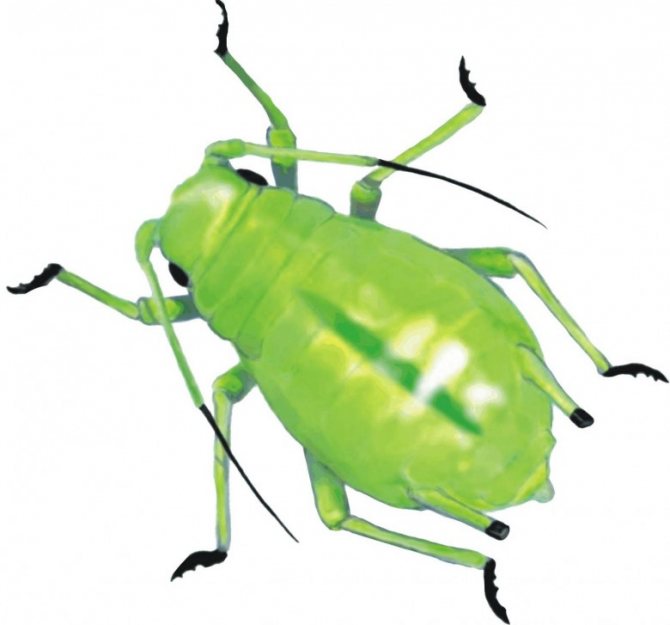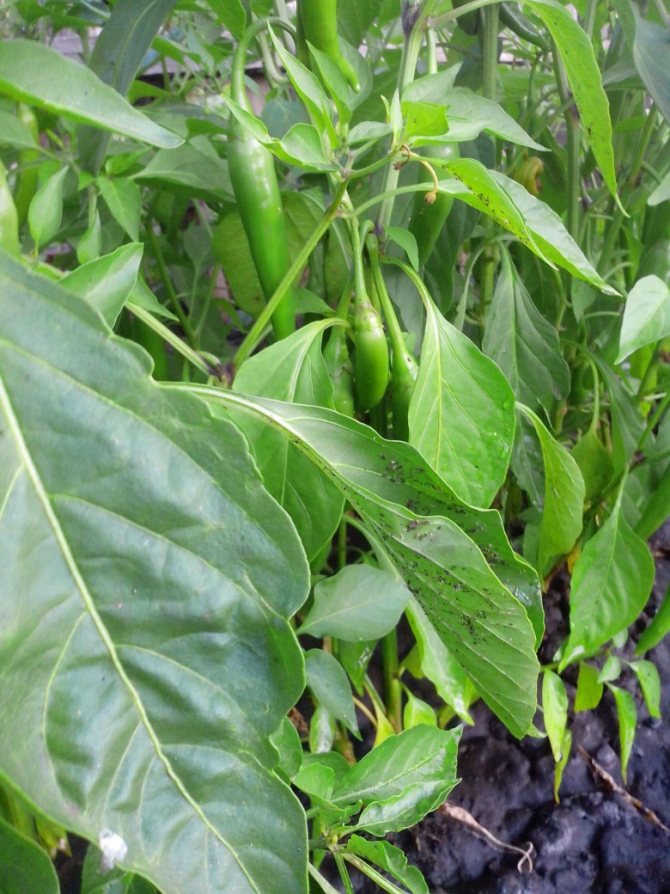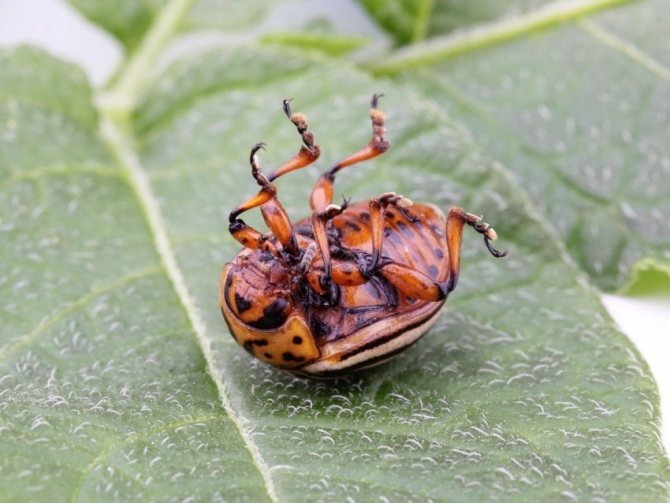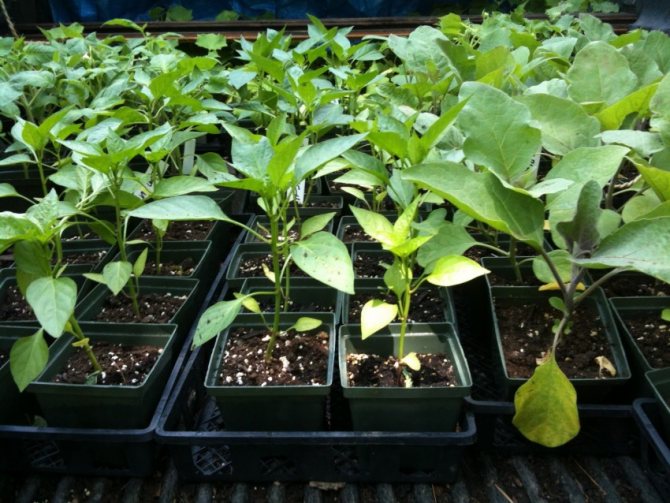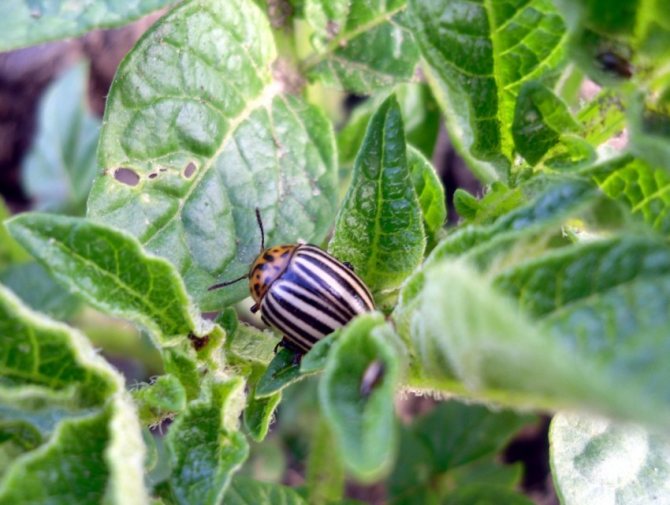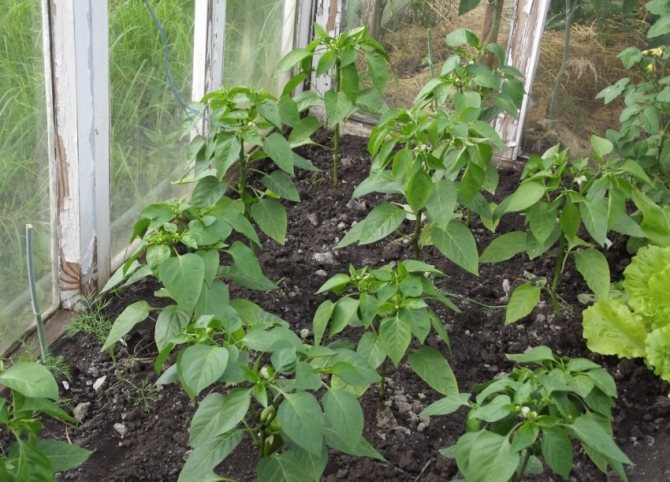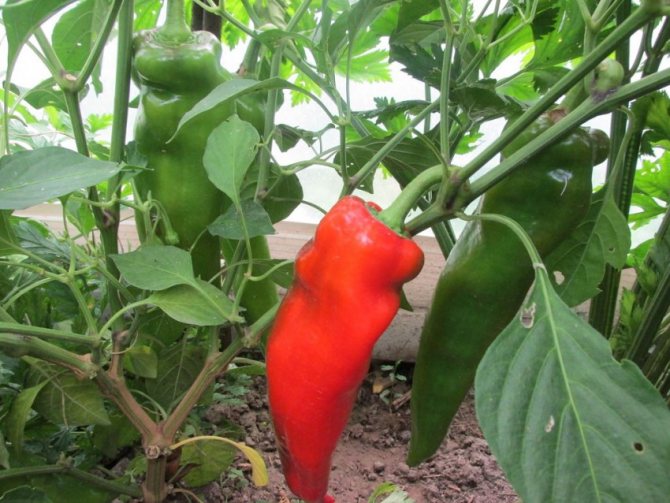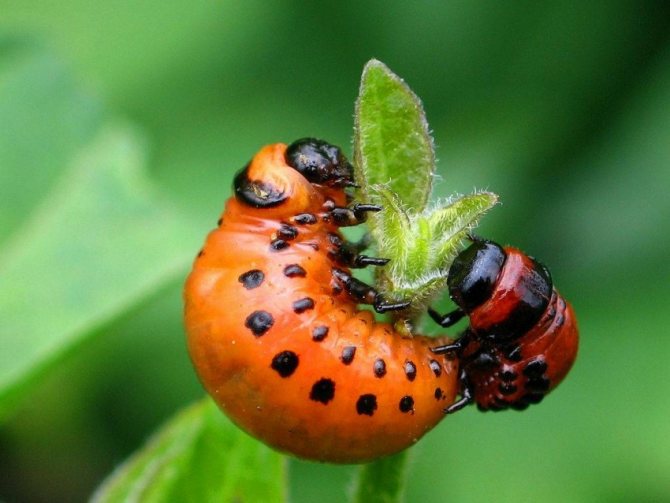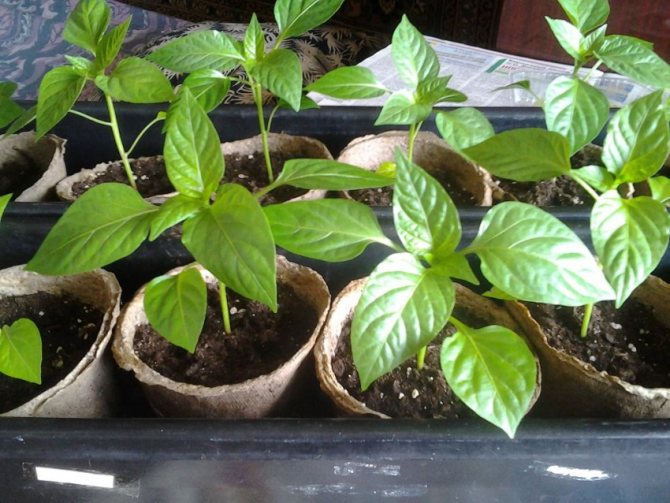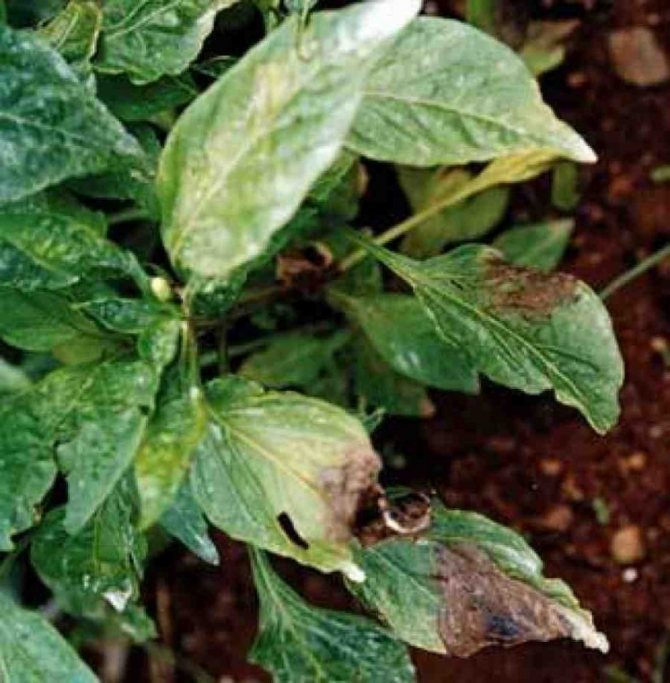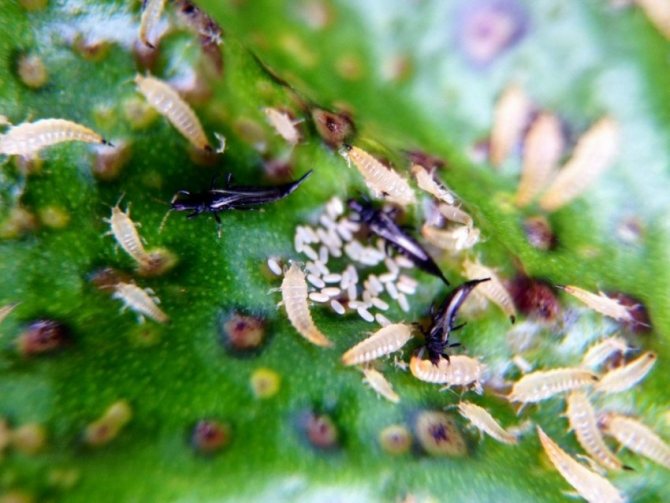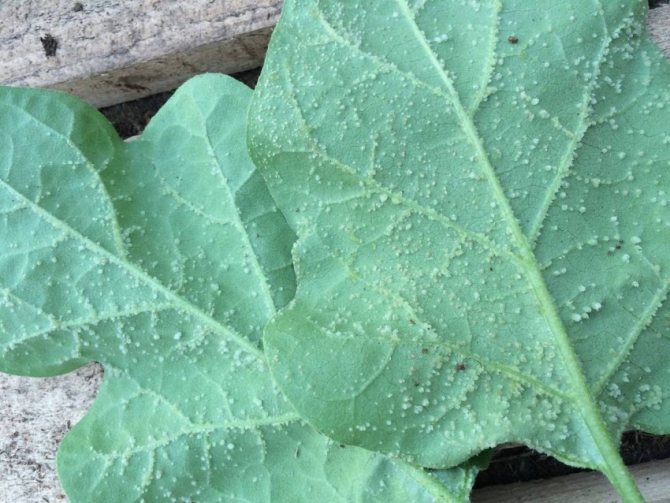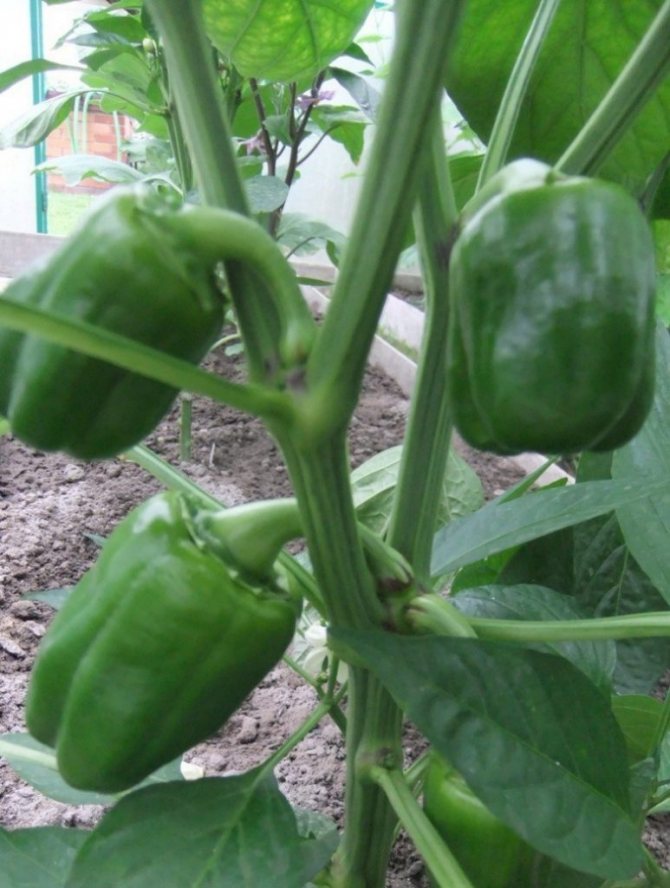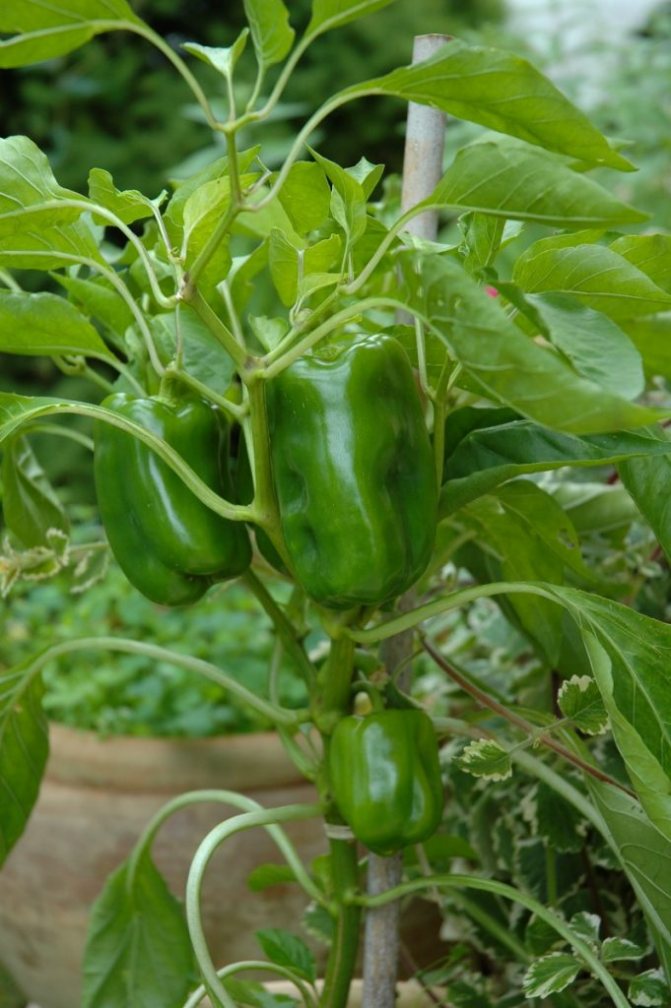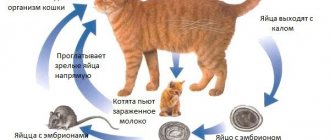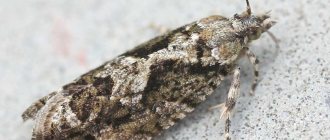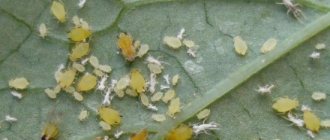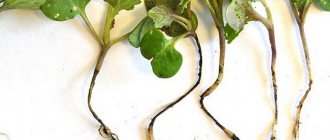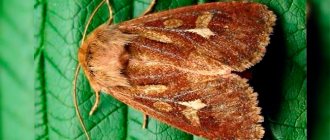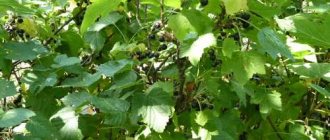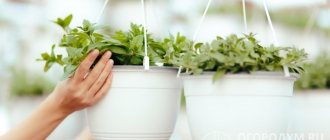Every gardener knows that in order to obtain a rich harvest, it is necessary to protect the plant from various parasites and diseases. They attack fruits, berries and vegetables without exception. Some plants are more susceptible to harmful insects, others are more resistant, but all need timely protection.
This article will discuss how to get rid of pests on pepper.
Slugs
They feed on both foliage and pepper fruits. In place of their meal, there are characteristic ugly holes in the foliage. Slugs are activated in the evening and at night, in the absence of the sun's and heat, which is destructive for them, as well as birds and animals feeding on them.
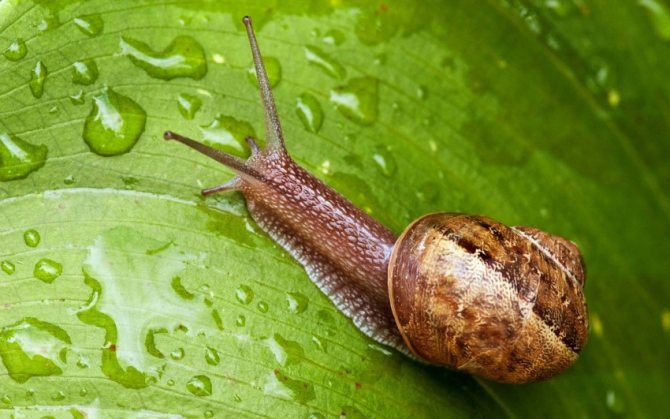
The following measures can be taken against slugs:
- do not overdo it with watering the plants, since the favorite habitat of slugs is moist soil;
- it is imperative to carefully weed areas from weeds and remove silage from the site, since slugs like to hide in it, waiting out the heat;
- a mixture of tobacco and lime helps well to protect pepper from slugs, if you sprinkle them on the soil - they do not like such a cocktail;
- mustard or ground pepper in the soil has the same effect, you can also use coffee grounds;
- slugs do not like the smell of parsley, you can plant it in the rows or between the rows.


Preventive measures to control disease
Pepper diseases have several categories:
- Simple;
- Complex;
- Viral;
- Fungal.
Depending on the disease, prevention is varied, but always complex:
- A plant affected by a dangerous disease is immediately removed;
- In greenhouses, a sharp change in temperature is prevented;
- Protect plantings from waterlogging;
- Carry out top dressing regularly, in accordance with the instructions;
- Seeds must be disinfected;
- If you suspect late blight, they are treated with Bordeaux liquid;
- Prevention of mosaic is done by processing with milk;
- Warning the black leg, bring in ash;
- On the site where diseased plants grew, nothing is planted for a year.
Many refractory diseases are much easier to prevent. Then the plants that feel cared for will surely give an excellent harvest. It will be much easier to do this if all the features of the pepper variety are taken into account before sowing.
Colorado beetle
It harms the whole family of nightshades, mainly potatoes, but does not hesitate to pepper. Colorado beetles eat everything - stems, flowers, fruits, foliage. By the way, if there are potatoes and eggplants on the site, the beetle will first eat them, after which it will switch to pepper.
Read here - Spider mite on strawberries: methods and ways to get rid of the pest. 110 photos and video instructions on how to process strawberries
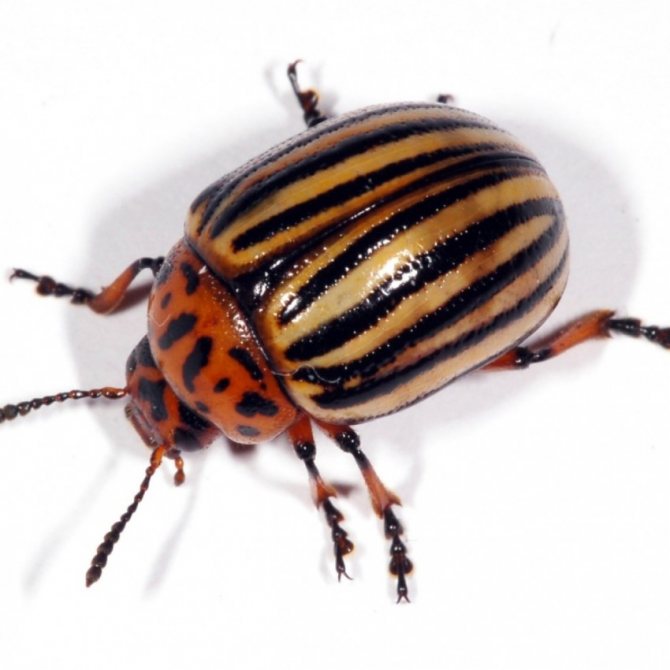

The parasite is characterized by a high degree of addiction to the existing chemical plant protection products, which do not give a 100% result. Therefore, it is mainly necessary to deal with pests manually, collecting beetles and their eggs located on the inside of the foliage from the foliage and stems.
A good folk remedy against the Colorado potato beetle is an infusion of celandine, which is used to process pepper. Also, pests do not like the smell of beans.
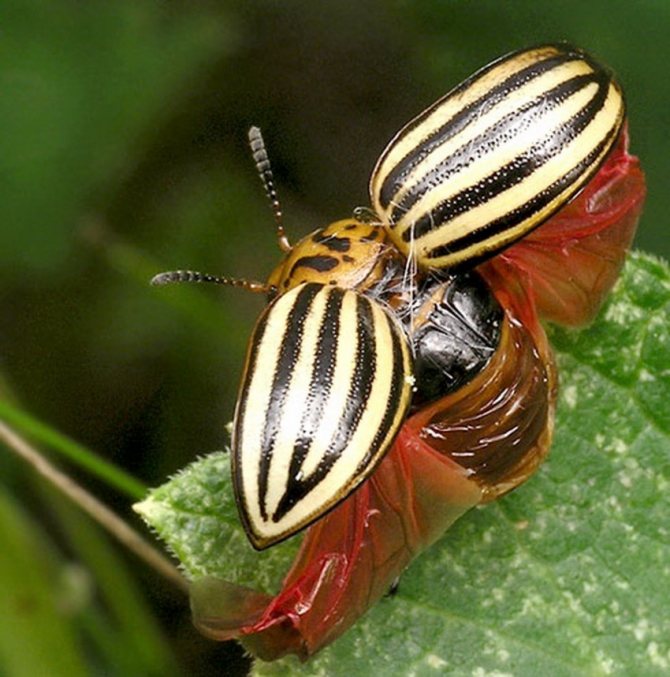

Effective recipes
Chili pepper is an effective method of aphid control, and its versatility is considered to be a variety of uses. Popular examples from a number of remedies are tincture, decoction, and solution. The recipe depends on the form of application of the red pepper. The vegetable is taken in ground, dried, raw form.
Pepper infusion
Fighting hot pepper aphids usually involves treating plants. A popular recipe uses fresh, spicy fruits. They contain more alkaloids, smelling substances. Solution preparation:
- Take 1 kg of fresh pods of red hot pepper, grind, for which they take a meat grinder, food processor. It is allowed to chop the fruit finely.
- Put the resulting mass in an enamel bucket with a volume of 10 liters, completely filled with water.
- Mix thoroughly, leave to infuse for 10 days.
- Use the ready-made infusion to prepare the product.
The resulting pepper concentrate must be mixed with soapy water - 100 g per 10 liters. Preparation of the base: take 40 g of laundry soap, cut into shavings, dissolve in 10 liters of water. Mixing pepper infusion and a soap solution will enhance the effectiveness of the aphid remover. Liquid treatment is carried out by spraying the plants affected by the pest.
Interesting! Each component of the pod exhibits properties harmful to aphids: skin, pulp, seeds. To get rid of insects, plant leaves that contain the same substances are also suitable.
Pepper broth
The second most popular recipe is a decoction of fresh pepper pods. By heating, substances are released from the fruit into the water that are harmful to aphids. Plants need to be treated with this liquid. Preparation:
- Take 100 g of fresh red hot pepper pods and mince or blender.
- Transfer the gruel to a bowl, add 1 liter of water.
- Put on low heat, cook for 1–1.5 hours under the lid.
- Pour the broth into a glass container.
- Leave to infuse for 2 days in a dark place.
Before treating a plot or garden, dilute 50-60 g of concentrated pepper solution in 10 liters of water. The method of processing is spraying trees and shrubs or vegetables with red pepper from aphids.
On a note! The second decoction recipe: take 10 pods of hot red pepper, chop, crush with seeds. Transfer to a bowl, add 1 liter of water, boil for 20 minutes, stirring constantly. Let it brew for 2 hours, then use for processing.
With the use of ground red pepper
Ground red pepper is an affordable spice sold in all grocery stores. Therefore, aphid remedies are usually made from chili, ground and dried. Recipe:
- Take 4 packs of ground pepper, 50 g each.
- Pour into a bottle, add 2 liters of water.
- Take warm water - 20-30 degrees.
- Mix thoroughly, shake the container.
- Leave the solution to infuse for a day.
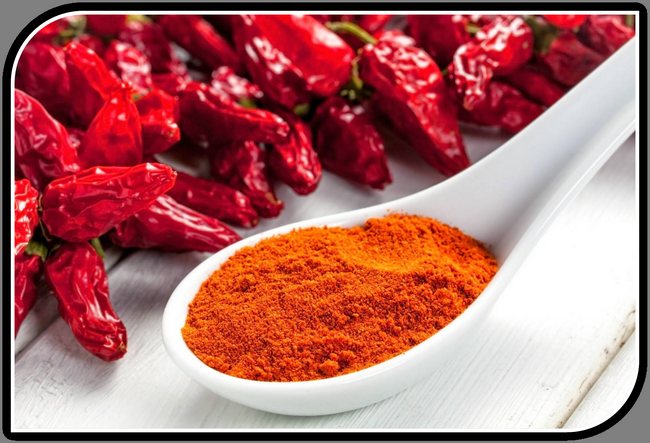

The prepared liquid must be poured into a spray bottle. The processing is carried out in this way - by spraying. Tincture of bitter ground pepper is allowed for use to get rid of aphids on all vegetable, fruit or berry plantings. Pests leave the processing area immediately. After 2-3 hours, it will already be seen that the insect colonies have noticeably thinned out.
On a note! To completely get rid of aphids in the country and in the local area or in the garden, you will need to perform several treatments. After such a course, the pepper remedy is used only for prophylaxis.
Dried chili peppers
Red hot pepper treatments for aphids are often performed with the preparation of products from dried parts of the plant. Why do they take not only pods, but also leaves, shoots. Cooking options:
- Take 500 g of dry leaves and pour 10 liters of water. Leave for 1 day, drain.Spray greens, lettuce, vegetables and horticultural crops, flowers, houseplants with the resulting liquid.
- Pour 100 g of dried red pepper pods with 1 liter of water. Put the dishes on low heat, cook covered for 2-3 hours. Add water to a volume of 10 liters.
- Grind 250 g of dried pepper pods, add water (5 L) and put on low heat. Cook for 1 hour. Leave the container in a dark place overnight. Grind the pepper, strain the mixture.
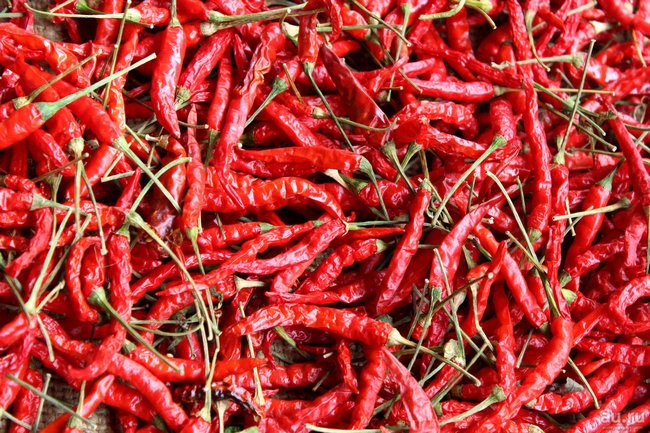

It is recommended to prepare the listed means both for the elimination of numerous colonies and for the prevention of the appearance of aphids. Spraying, irrigation does not harm plants, humans. Dried fruits are sometimes easier to find; in terms of effectiveness, such funds will not be inferior to tinctures, decoctions with a base of fresh chili peppers.
Aphid
It feeds on both seedlings and an adult plant. Covers the pepper completely - stems, foliage, flowers and fruits. Aphids extract nutrients from the pepper, resulting in the development of defective fruits, and the foliage first curls up and then can completely die off.
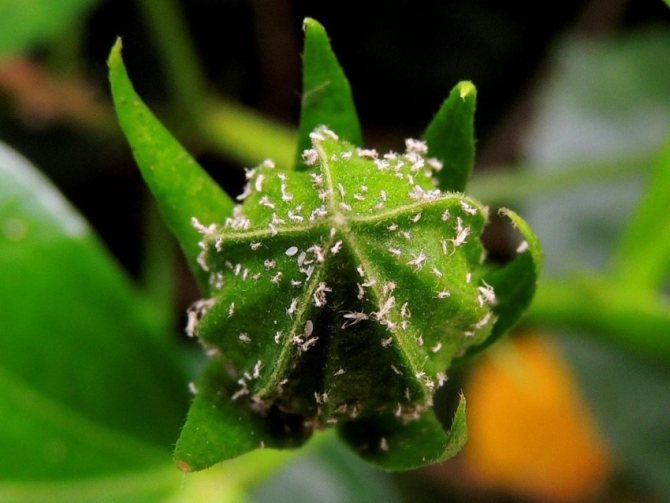

Favorable conditions for aphids are air temperature of 23-27 degrees and high humidity. If you ignore the threat, aphids will stick around all plants and can lead to their death.
They fight the pest as follows:
- water infusion of small tobacco, or yarrow mixed with laundry soap - spray the whole pepper;
- when watering, use an infusion of nettle, which has stood for a day;
- if the aphids are a little more, wash them off the plants with soap or manganese solution;
- the use of store-bought chemicals - it is advisable to use them before the fruits begin to set.
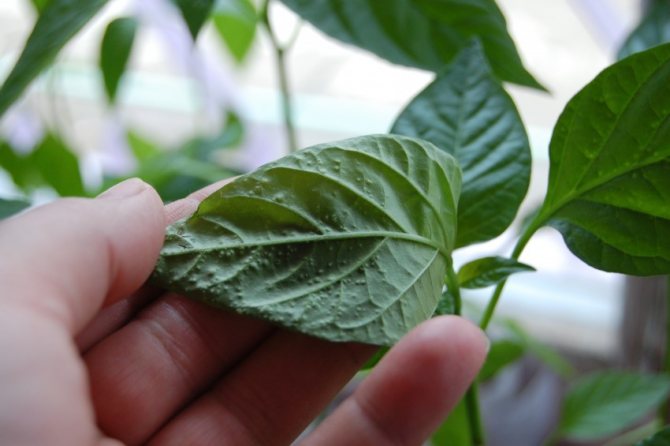

Medvedki
Bell peppers also affect the bears. These are beetle insects up to 5 cm long. Their distinctive feature is their brown color. Unlike other insects, bears feed on vegetable roots. As a result, the plant stops growing, withers and dies.
Control methods
The nests where the bears live are poured with kerosene or boiling water in large quantities.
Medvedka does not tolerate the smell of marigolds, so this particular plant is planted next to the pepper. Insects either die or move to other vegetable crops.
Another solution to the problem is to create traps. On the 10th of May, manure is laid out on the site (2 heaps per hundred square meters). After 20 days, the manure is examined for the presence of bears. They are removed along with the fertilizer.
Spider mite
It lives on the inside of foliage. You can notice them by the characteristic thin cobweb enveloping the plant. If the cobweb was not noticeable, secondary signs may soon appear - characteristic points on the foliage, which are the result of the fact that the tick larvae devour the plant.
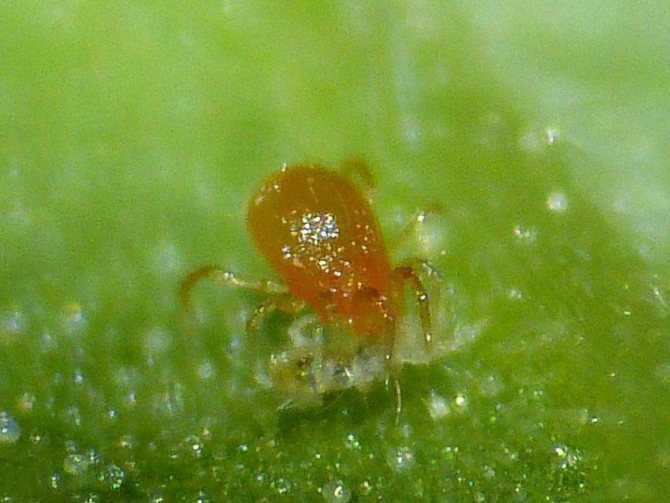

As a result, the foliage changes color, withers and falls, and the fruits are affected. The parasite becomes active in dry, hot weather. Control methods can be effective against aphids, chemical preparations, biological compounds Fitoverm and Iskarbio, as well as the natural enemy of the spider mite - the phytoselyus beetle. The soil is treated with a lime solution, which scares off the parasite.
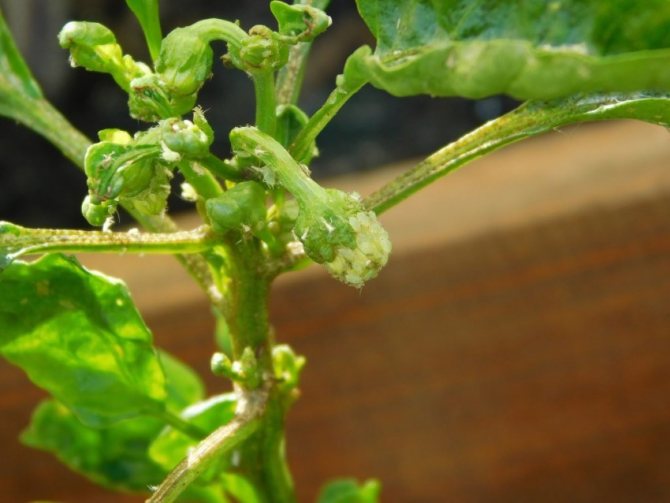

Causes of the appearance of pests on sweet pepper seedlings
All insect pests are divided into specialized and polyphagous. The latter include parasites that threaten various cultures. For example, spider mites or slugs are polyphagous. These pests destroy seedlings of peppers, cucumbers, tomatoes and other crops. They also eat the foliage of mature plants. Specialized parasites inhabit only closely related plants from the same family.
We advise you to read these articles:
Treating trees in spring during bud break
Shrub treatment in spring during bud break
Treatment of shrubs in the spring from pests and diseases with a Bordeaux mixture
You can recognize the presence of pests on pepper bushes by traces of vital activity. They eat leaves, fruits, inflorescences, suck the juice from the plant. Many insects leave sticky secretions or cobwebs. In addition to adults, pepper bushes are harmed by the larvae of some parasites.
The reasons for the appearance of insects on pepper bushes include:
- plant care errors;
- refusal to prepare the soil;
- adverse weather conditions;
- thickened planting of plants.
Thrips
Insect of brown color, is a pest of herbaceous crops. During their activity, spots of light yellow color appear on the foliage. Winters in silage and weeds, so the area should be carefully weeded.


If thrips are found on the site, do not postpone the fight with them until later. Against the pest, drugs like Fitoverm or Akarin are effective, pepper is treated with an aqueous solution in the indicated dosages.
Pepper seedlings turn yellow: what to do?
Yellow leaves on seedlings are a lack of nutrients. If the leaves on the top turn yellow, the plant lacks iron, manganese, zinc. When the lower leaves turn yellow, there is a lack of phosphorus, nitrogen, potassium and magnesium. What to do in this case? Do the following:
- Fertilize the soil with a ready-made complex with trace elements. You can buy it at specialty stores.
- Take the shell of one egg and crush it well in a mortar. Add one pinch of the resulting powder under each bush.
- Hide plants from direct sunlight.
If pepper seedlings still turn yellow, pay attention to waterlogging of the soil. The seedlings first dried up, and then turned yellow - insufficient watering. The seedlings have turned yellow, but not dry, stop watering for a couple of days.
Important: When the seedlings are planted in peat pots, care must be taken that the soil does not dry out. The walls of this container get dry quickly, so water the plants in small portions every day.
Pests of sweet pepper and the fight against them, photos of insects and the consequences of their activities will help gardeners and farmers get rid of parasites on their plots. It is much easier to exterminate pests if you devote time to preventive measures in a timely manner. This will reduce the cost of buying poisons by collecting tasty and healthy fruits.
Whitefly
An extremely common, prolific pest that infects young plants. Lays eggs on the inside of foliage.
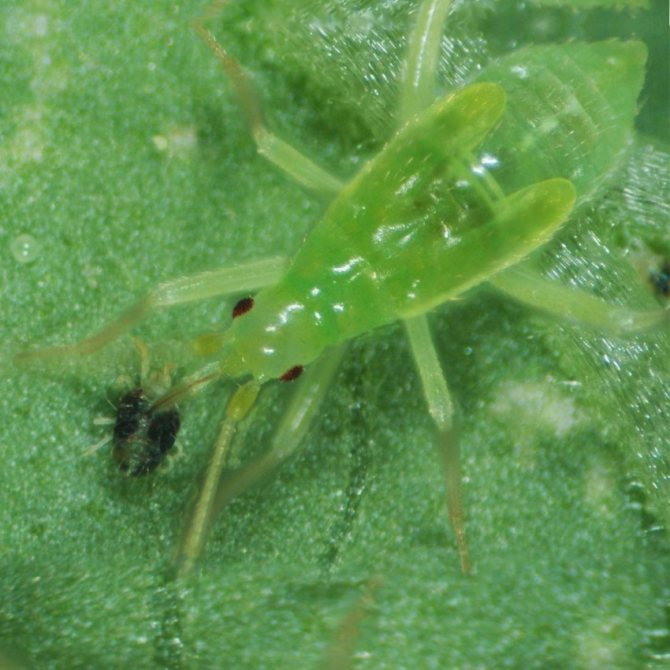

In case the number of parasites is small, the technique of simply washing them off the foliage with water can help, paying special attention to the inside of the leaves. With a significant accumulation of the pest, the treatment is carried out with Intravir.
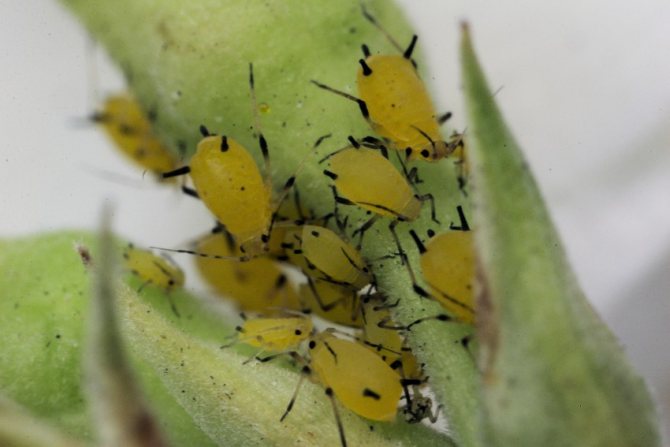

The soil is freed from weeds and silage; it is recommended to process with karbofos in the greenhouse. The natural enemy of the whitefly is encarsia, which feeds on it and parasitizes on it.


Gooseberry pests - 110 photos and videos, description, names, treatment, prevention. Features of the care and cultivation of gooseberries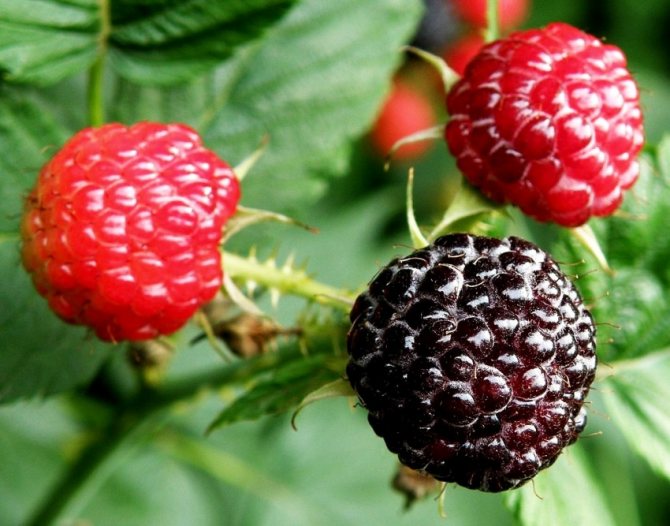

Chlorosis of raspberries: description of the disease, methods of treatment, prevention of the disease (145 photos + video)
- Why gooseberry berries turn white: the reasons for the appearance of white bloom. Diseases and pests of gooseberries (105 photos)
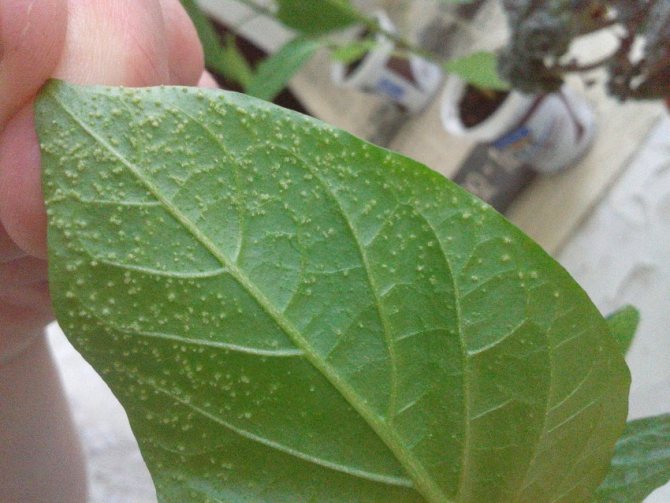

The listed list of pests is not complete, the most common and annoying for the gardener were named. For the prevention of pest damage to peppers, it is recommended to process them with both folk and store-bought chemicals.


Preventive measures for pest control
There are a lot of options for processing pepper plantings from pests. But the chosen method depends on the gardener himself: if the parasite is noticed on time, its number is still small, the gardener himself adheres to pure organic farming, then the impact on pests is carried out by scaring away, using natural methods.
If a whole invasion of enemies took place in the greenhouse, the foci of defeat are large and the situation is catastrophic, then one cannot do without chemistry. Preference should be given to rapidly decomposing drugs.
Prevention measures will help to avoid the invasion of pests:
- When choosing a seed, preference should be given to the already processed one.The presence of chemicals will scare away larvae and underground pests;
- Before planting, greenhouse soil is treated with drugs that destroy all pests;
- A daily inspection of the plantation is carried out;
- Systematically do preventive spraying;
- When planting, maintain a distance between the plants, avoiding thickening;
- Pay more attention to watering, avoiding waterlogging.
Plants that help repel pests
In order not to freeze with the problems of destroying pests, to preserve your harvest to the last fruit, you should take advantage of the suggestions of nature itself and plant repellent plants in greenhouses.
- Planting legumes between the peppers will not only provide protection against many parasites, it will also enhance the development of the pepper.
- The sharp smells of wormwood, parsley, garlic, marigolds, onions, dill perfectly scare away uninvited guests who are thirsty to feast on peppers without asking.
Such beautiful flowers will help to protect the planting of pepper, and at the same time to embellish the greenhouse: lavender, nasturtium, pyrethrum, petunia, geranium, tagetes, calendula, Dalmatian chamomile, delphinium, marigolds, decorative tansy.
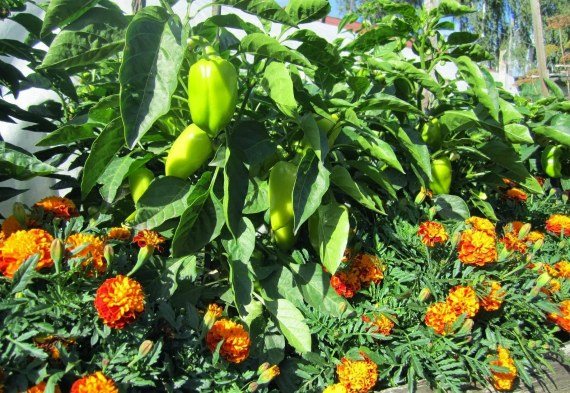

Gardener Tips
It is necessary to carry out prevention in order to get rid of the occurrence of problems. It is best to avoid disease infestations or insect attacks. There are recommendations that will allow vegetable growers not to worry about the safety of seedlings:
- In the fall, the soil must be carefully dug 30 centimeters deep. This process is a standard procedure that relieves seedlings of a large number of various fungal diseases and many dangerous insects that will subsequently die from low temperatures.
- It is necessary to follow the rules of crop rotation. This is an extremely important approach to growing this crop. It is strictly forbidden to plant peppers in the same place for several years in a row. Also, they cannot be planted after any other Solanaceae. If you treat this carelessly, diseases will accumulate and the infection of the culture will be one hundred percent.
- The next extremely important procedure is correct watering. The best option is a drip irrigation system. If you overmoisten the soil, putrefactive phenomena appear on the plant. It is necessary to water the seedlings as carefully as possible. If there is a lot of rainfall, watering should stop.
These simple rules will help prevent the occurrence of almost all possible diseases. It is important to take the cultivation of vegetables seriously and responsibly, otherwise the peppers will not give a good harvest and will die.
It must be remembered that timely proper care contributes not only to healthy growth and normal development of the plant, but also to a large harvest.
A source

